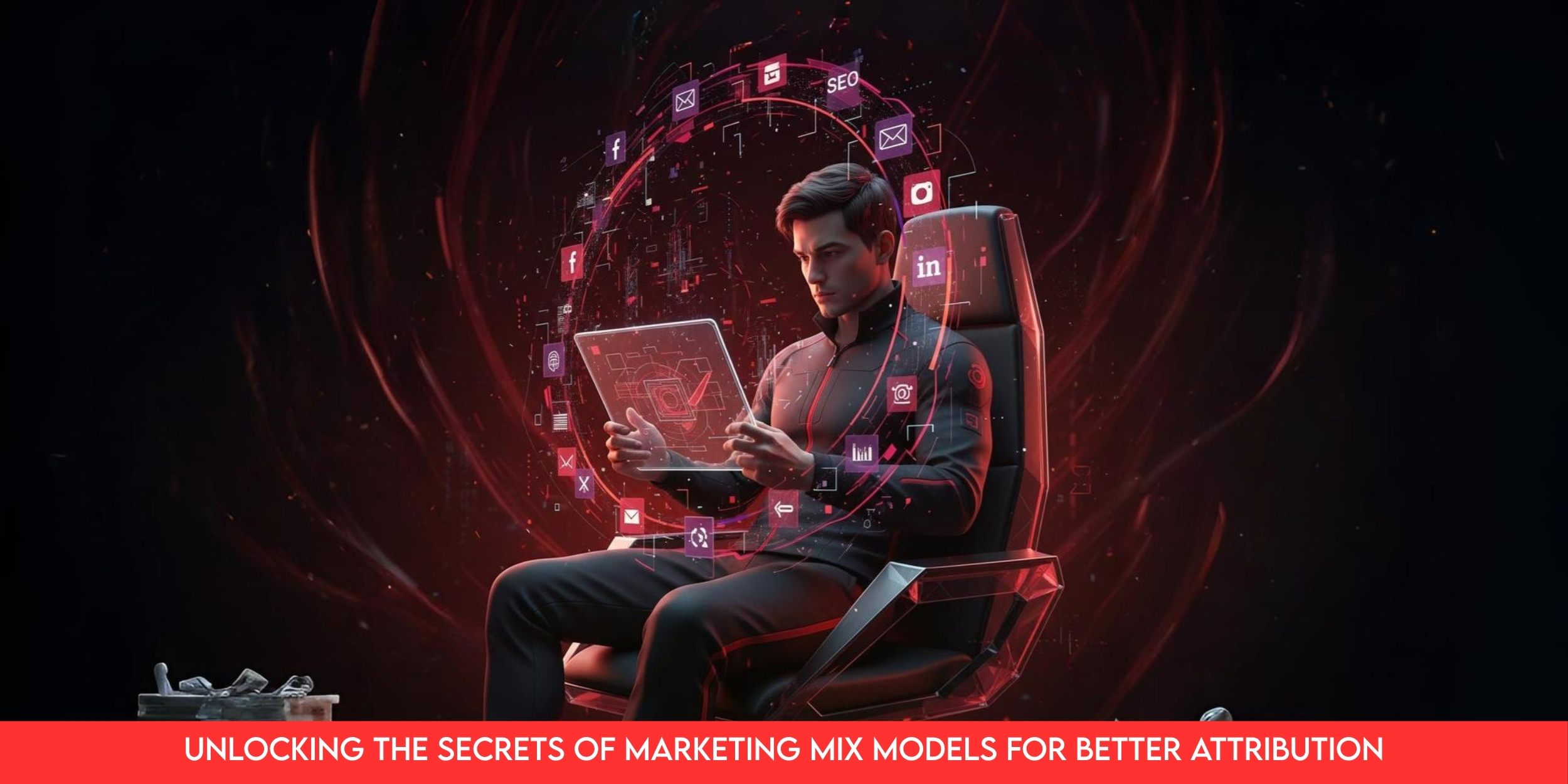
Introduction: The Clickbait Era is Dying
The internet is tired.
Tired of headlines screaming for attention.
Tired of promises that don’t deliver.
Tired of being tricked into clicking.
We’ve lived through a decade where clickbait ruled content where curiosity gaps and sensationalism beat truth and quality. But in 2025, the winds have shifted.
The rise of Zero-Click Content is changing how we create, share, and measure success.
Zero-click doesn’t mean zero attention. It means your audience gets value without needing to click away. Google snippets, AI summaries, and in-platform content now dominate the screen.
Welcome to the future of content where quality, not clickbait, wins trust.
What is Zero-Click Content?
Zero-Click Content is information that provides instant value within a platform without requiring users to visit another site.
Think of:
Google featured snippets showing answers upfront
Social posts explaining insights directly in captions
YouTube Shorts or TikTok clips summarizing full guides
In short, users consume the core message without needing to click.
This shift isn’t an accident. It’s driven by user behavior. People no longer want to waste time jumping across links. They want answers now.
As Google’s AI Overview and social media algorithms evolve, content visibility depends on satisfaction, not just click-through rates.
Why Clickbait Doesn’t Work Anymore
Clickbait had its time. It played on human psychology curiosity, emotion, and FOMO. But now, it’s breaking trust faster than it builds it.
Here’s why it’s fading:
Search engines are smarter: Google’s systems detect low-value, misleading content and rank it lower.
Audiences are jaded: People recognize empty promises. They bounce faster than ever.
Platform behavior has changed: Users stay on TikTok, LinkedIn, or YouTube consuming native content rather than clicking out.
Clickbait once got you traffic. Now, it gets you distrust.
Zero-Click is the antidote honest, concise, and instantly rewarding.
The Rise of Zero-Click: What’s Driving It
Four big forces are shaping this new content era:
Google now prioritizes answers, not pages. Featured snippets, People Also Ask boxes, and AI summaries give instant results.
Social Media Retention Goals:
Platforms want users to stay inside their apps. Instagram carousels, LinkedIn text posts, and YouTube Shorts favor creators who deliver full value inside the feed.
User Attention Shifts:
The average attention span online has shrunk to eight seconds. People prefer bite-sized truth over clickbait trails.
AI-Driven Search & Summaries:
With AI Overviews, your content might be summarized by algorithms meaning your best shot at visibility is being concise and authoritative upfront.
Zero-Click content thrives on clarity and credibility. The better your insights, the longer you stay visible.
Zero-Click Doesn’t Kill Content, It Refines It
The biggest myth about zero-click content is that it “kills website traffic.”
It doesn’t. It filters traffic.
Only truly interested users will go deeper.
Instead of chasing every click, you attract qualified readers those who already trust you before landing on your site.
Think of Zero-Click like a movie trailer: it delivers value while creating intrigue.
When people finally click, they come with intent.
So, zero-click content isn’t your enemy, it’s your pre-qualifier.
How to Create Zero-Click Content That Wins
Let’s break it down into three strategic moves.
Lead With Value
Start your post with the answer, not the tease.
If you’re explaining “How to improve SEO rankings,” give one actionable tip upfront before elaborating.
This builds authority instantly.
Design for Native Engagement
Tailor your content to the platform.
For LinkedIn: Use clean formatting, bold insights, and direct takeaways.
For Google: Write concise, structured paragraphs that can be pulled as snippets.
For YouTube or TikTok: Summarize answers visually and verbally in under 60 seconds.
Optimize for Trust, Not Traffic
Your readers are smarter than algorithms.
Use verified data, cite credible sources, and focus on emotional honesty.
When your content informs and respects the reader’s time, your brand becomes memorable even if they don’t click today.
How Zero-Click Impacts Content Ranking
Search ranking isn’t just about backlinks anymore.
Today, engagement signals and user satisfaction drive visibility.
Here’s how Zero-Click affects it:
Improves dwell time: Users stay longer when they find answers fast.
Boosts authority: Your brand becomes a go-to reference.
Enhances visibility: Snippets, highlights, and summaries showcase your expertise across SERPs.
When Google trusts your content enough to display it directly, it’s the ultimate SEO endorsement.
In other words your best content might not even need a click to win.
From Clickbait to Credibility: The New Trust Economy
The internet is moving from attention economy to trust economy.
People no longer reward noise. They reward honesty, clarity, and usefulness.
Zero-click content aligns with this shift:
It respects the user’s time.
It builds credibility without manipulation.
It drives long-term relationships over short-term clicks.
When audiences remember who helped them, not who tricked them, your brand grows naturally.
Examples of Zero-Click Content in Action
Google Snippets: Short, structured answers optimized with clear headings.
LinkedIn Authority Posts: Sharing an entire framework or lesson in 150 words.
Instagram Carousels: Quick guides that teach, not tease.
X (Twitter) Threads: Mini-essays with insight-first storytelling.
Every one of these formats gives instant value. No bait, no fluff just clarity.
That’s the core of zero-click strategy.
The Future of Content: Beyond the Click
The next era of content is frictionless.
You won’t measure success only in pageviews but in impressions, shares, and saved posts.
The best creators won’t chase algorithms, they’ll teach, simplify, and humanize.
AI will amplify quality, but authentic insight will always separate experts from noise.
Zero-click isn’t the end of SEO.
It’s the evolution of it.
A shift from getting attention to earning trust.
The brands that adapt early will own tomorrow’s rankings.
Practical Tips to Transition from Clickbait to Zero-Click
Audit Your Content Titles:
Replace “You Won’t Believe This!” with “Here’s What We Learned About…”
Promise less, deliver more.
Answer Before You Ask:
Open with insight, not curiosity traps.
Format for Featured Snippets:
Use H2/H3 headings and direct definitions help Google summarize you.
Make Social Posts Self-Contained:
Assume readers won’t click give them full context upfront.
Invest in Authority:
Write with data, cite research, and build depth that earns trust.
Emotional Truth Behind Zero-Click
At its heart, Zero-Click is a human story.
It’s about creators tired of chasing metrics.
It’s about audiences tired of being manipulated.
It’s about rebuilding digital trust one honest post at a time.
When your content respects readers, the clicks you lose are the ones that never mattered.
What remains?
The loyal audience that chooses you not because you tricked them, but because you spoke truth.
Conclusion
Clickbait was noise.
Zero-Click is signal.
The brands, creators, and writers who embrace this future will not just rank they’ll resonate.
Because in the new content landscape, clarity is currency and trust is traction.
Say goodbye to clickbait.
Say hello to content that actually earns attention.
FAQ
Q1: What is Zero-Click Content in simple terms?
Zero-Click Content gives users answers without making them leave the platform like snippets, captions, or short videos.
Q2: Does Zero-Click hurt website traffic?
Not necessarily. It filters out low-quality clicks and attracts people genuinely interested in your brand.
Q3: How can businesses benefit from Zero-Click strategies?
By focusing on trust, engagement, and authority, brands build recognition even without direct clicks.
Q4: Can Zero-Click Content improve search rankings?
Yes. Google rewards concise, informative, and credible content that satisfies search intent.
Q5: What’s the first step to move from clickbait to Zero-Click Content?
Start by rethinking your titles and structure. Lead with value, simplify language, and stop hiding your insights behind “Read more.”





